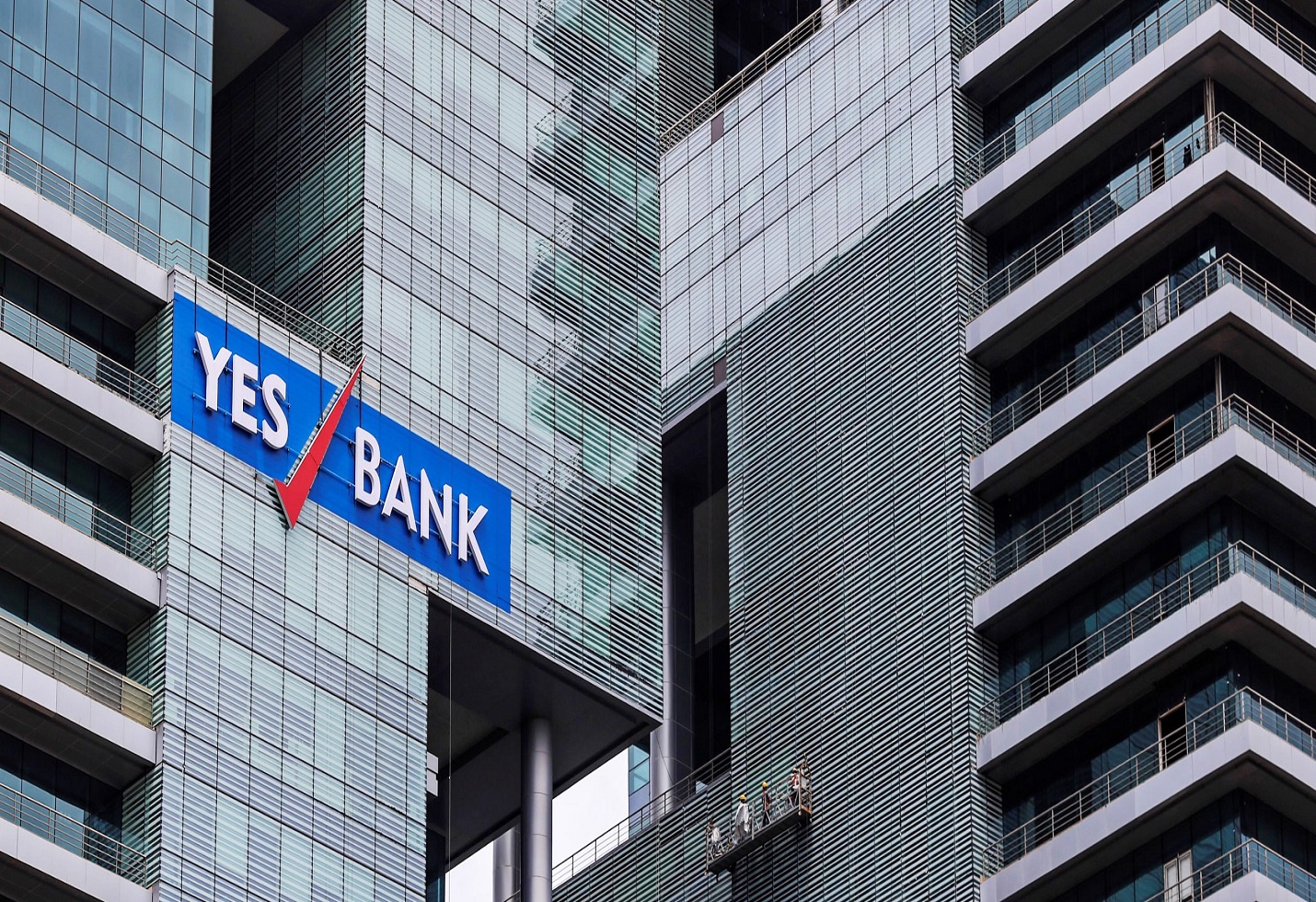Luxury EV Face Tax Jolt: India Panel Proposes GST Hike
Proposed 18% GST rate for electric cars priced 2-4 million rupees aims to rethink luxury classification. Automakers warn this could damper clean mobility ambitions.
Introduction
Indian luxury electric vehicle (EV) owners may soon be facing significantly higher costs after a government panel recommended a steep increase in the Goods and Services Tax (GST) on EVs in the ₹2-4 million price bracket. The suggestion—raising GST from the current 5% to 18%—has sparked reactions across industry, policymaking circles, and climate advocates, as the GST Council convenes to deliberate the hotly contested measure in early September 2025.
What’s the Proposal?
The government’s panel on GST reforms has called for a sharp hike in taxation for luxury electric vehicles, particularly targeting cars priced between ₹20-40 lakh (approx. 2-4 million rupees). While mass-market EVs will continue to enjoy a concessional GST rate, the luxury segment is slated for an 18% rate if the proposal is adopted, with models above ₹40 lakh potentially facing rates up to 28%. International and domestic brands including Tesla, Mercedes-Benz, BMW, and BYD stand to be directly impacted by this move.
Industry Reaction: Automakers Push Back
Automakers and industry leaders have come out strongly against the proposal, arguing that such a tax hike could negatively affect India’s transition to clean mobility. Concerns focus on the potential slowdown in sales growth, reduced demand for EVs, and the overall dampening of the government’s ambitious clean energy targets. Several major automakers have called on policymakers to maintain the 5% GST rate, emphasizing that keeping electric mobility affordable is crucial for broader adoption.
Policy Rationale: Distinguishing Luxury from Necessity
The panel’s recommendation is built on the principle of economic segmentation—distinguishing between accessible EVs and luxury models. Officials argue that mass-market EVs should remain incentivized, while higher taxes on premium vehicles will generate more government revenue and create market clarity. The GST overhaul, they claim, seeks a “rationalization” aligned with global taxation systems, where luxury goods attract higher duties than essentials.
Impact on the Market: Winners and Losers
If the GST hike goes through, luxury EVs could see price increases of several lakh rupees, making them less competitive against combustion-engine peers. Middle-class consumers eyeing entry-level premium electric cars would bear much of the brunt, while international automakers—hoping to capitalize on India’s burgeoning EV market—could reconsider investment timelines or product launches. In contrast, mass-market and entry-level EVs would remain largely unaffected by the proposal, maintaining their lower purchase prices.
Climate and Innovation: Mixed Signals for Sustainability
Environmental groups and EV advocates are concerned that the tax hike might send mixed signals regarding India’s climate commitments. While incentivizing affordable EVs is essential for large-scale adoption, disproportionately high taxes on luxury models could slow down technology transfer, innovation, and premium segment growth. Some experts warn that over-segmentation risks discouraging foreign investment and consumer choice, ultimately impacting India’s goals for electric mobility and emissions reduction.
What’s Next: GST Council Decision Pending
The proposal’s outcome now lies with the GST Council, which is set to review the measure during its September 2025 meetings. Industry players, policymakers, and climate advocates are closely monitoring the process, as the Council considers wider GST revisions across sectors while deliberating on the crucial decision regarding luxury EVs.
Should the proposal pass, buyers will need to factor in significant jumps in purchase costs and long-term ownership expenses.
Conclusion
India’s plan to hike GST on luxury EVs reflects growing pains in balancing fiscal priorities with sustainability ambitions. For now, the clean mobility dream for premium EV buyers hinges on policy choices at the highest level—choices that will shape the trajectory of the country’s rapidly evolving electric vehicle market for years to come.
The image added is for representation purposes only










